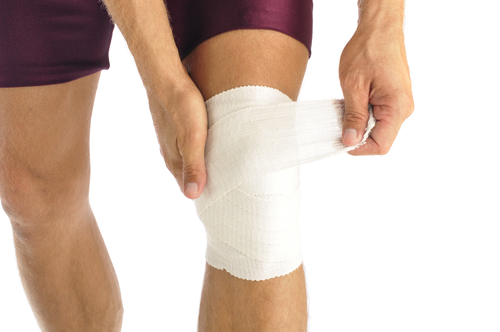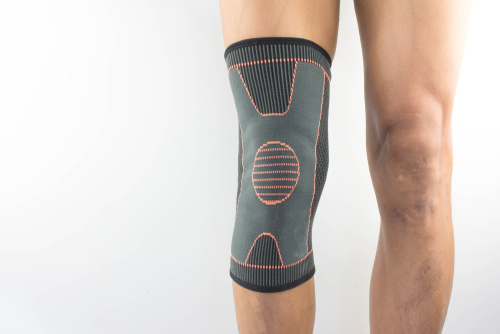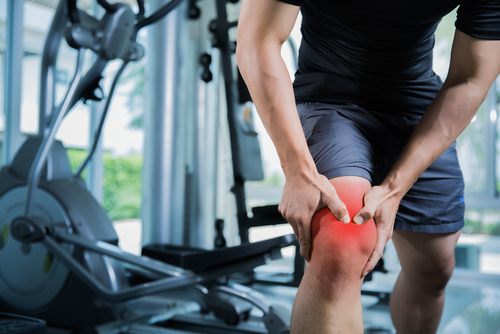Theramotion presents: Taping, Bracing & Splinting
For athletes taping, bracing, and splinting are some of the most common ways to prevent and protect from injury. Depending on each individual’s specific injury, professionals may advise to use one of the aforementioned methods to assist with injury.
When to use Tape
Tape is generally considered to be an efficient way to support an injured area, as well as its surrounding muscles. Taping is also thought of as a short-term method to treat a temporary, less severe injury.

When to use a Brace
Braces come in two forms: non-rigid (soft) and semi-rigid braces. A soft brace is usually made of canvas or cloth for compression around the injured joint, while a semi-rigid brace is considered more stable by many professionals because of its plastic composition. Braces are commonly used for more serious injuries in areas such as the knees, ankles, and back.
When to use a Splint
A splint is utilized to treat temporary swelling caused by injury. According to University of Minnesota Health, “A splint, which is also called a half cast, is made from slabs of plaster or fiberglass held in place with a bandage wrap. Splints are often used temporarily when swelling is present. They are usually replaced with a more permanent cast after the swelling goes down…”

While taping, bracing, and splinting are all common methods used to treat injuries of varying degree, it is highly recommended that you consult with a medical professional before going forward with any of the above methods. If you have any questions regarding any of the above, please contact Theramotion at 718-279-9800. Additionally, you can fill out contact information on our Contact Us page and we will get back to you.
References
1. https://www.corechiropractic.net/articles/back-braces-splints-and-taping/
2. https://sunoaks.com/taping-bracing-and-splinting-for-the-athlete/
3. http://wellingtonortho.com/taping-vs-bracing/
4. https://newsnetwork.mayoclinic.org/discussion/brace-for-it-when-to-use-an-ankle-brace/
5. https://www.mhealth.org/care/treatments/casting-bracing-and-splinting

